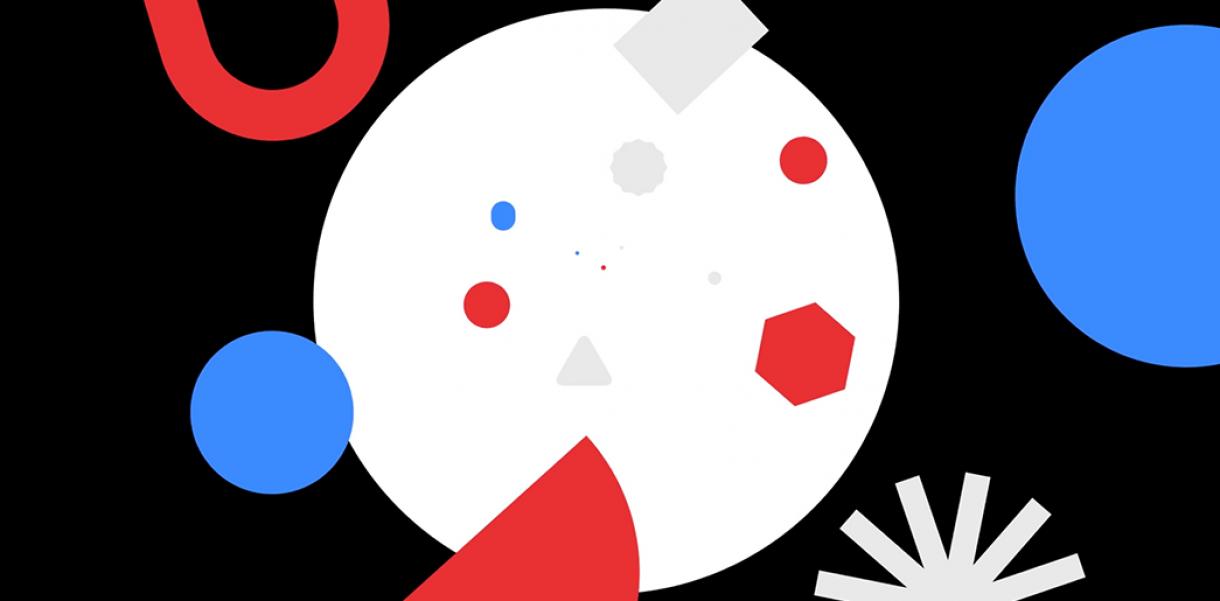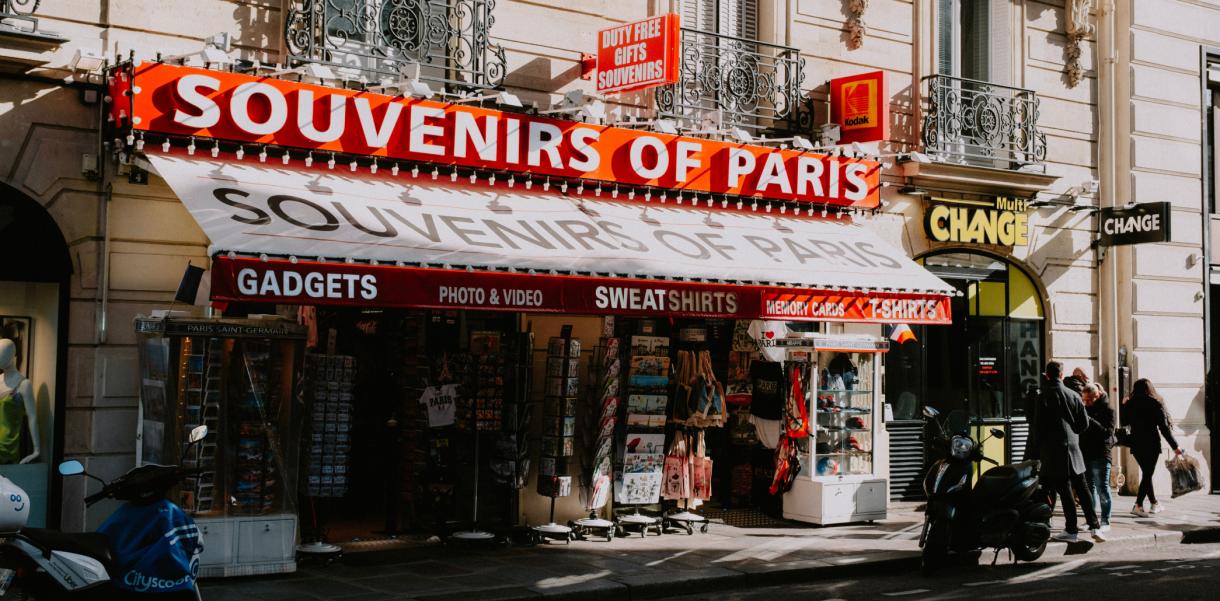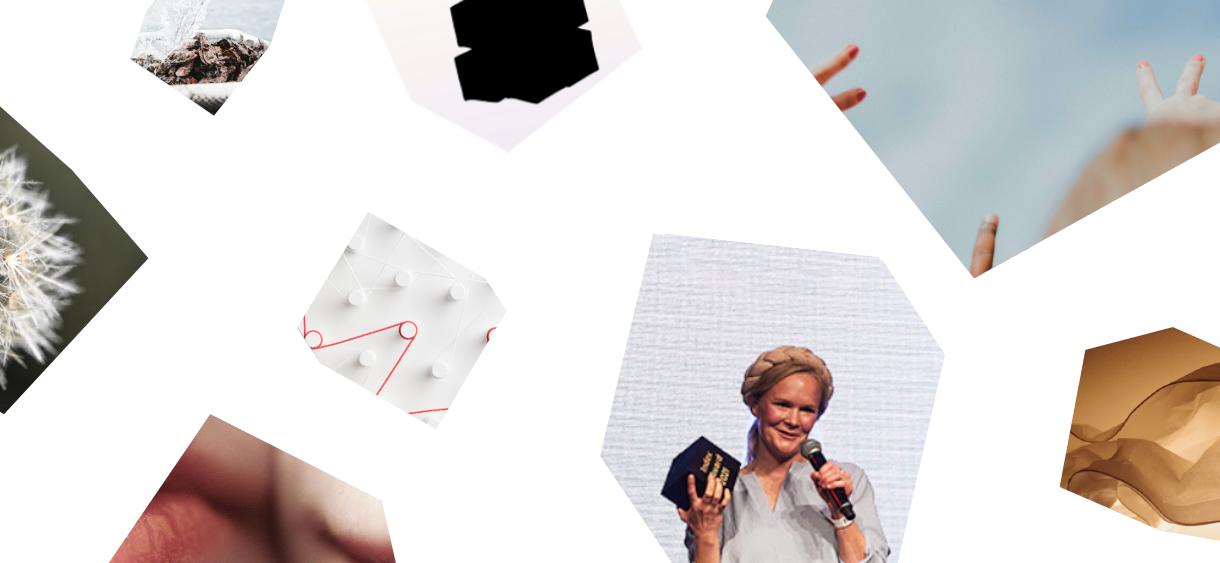To wrap-up 2020, we had the pleasure of hosting a workshop with the Design Center of the Philippines. The programme was eventful (including a surprise fire evacuation!) but an inspiring few days on Design to Improve Life.
The workshop introduced participants, including designers, teachers, makers and entrepreneurs, to working with our structure of innovative thinking to create sustainable solutions for real-life challenges. This was also the first time we debuted and tested our new digital education tools, which we'll be sharing a sneak-peek of very soon!
While it was a new challenge to facilitate digitally, it was an excellent opportunity to bring together many voices from the region and experiences across industries.
DAY ONE
On day one, participants selected the challenge they'd like to work with; one of the UN SDGs or the Design to Improve Life Goals. As these goals are very broad, The Compass as the backbone of our teaching, was essential to guide participants through the creative process. For many, one of the most useful parts of the workshop was learning several techniques such as Open Space that helps participants pick apart the challenge and get to the root of the problem.
"[Open Space] set the scope and limitation as well as the common ground for the group to arrive at an initial topic/focus for the entire three-day workshop," explains Janine Piguerra, an Industrial Design Specialist.
Others also expressed the benefits of clearly defining the exact issue you want to solve as well as clearly defining a persona. "I think the most useful part of the workshop is identifying who you design for and writing the design brief," explains designer Paul Henry F Abad. "It made me realise again, as a designer, how important these steps are for both designer and client. "Pointing out a sample persona and writing a concise design brief help both parties to realise what outcomes to expect."
"[These practices] do away with the fluff, the biases, and the assumptions."
DAY TWO
On day two, it was about narrowing down a solution and developing it further to serve the context best. While the participants chose a global goal, they designed solutions that address the problems from a local perspective. They tackled issues such as elderly care under a pandemic, a lack of sanitation facilities for the poor, and many more problems prevalent in the Philippines.
According to participants, these design thinking and design practices are a must for both lasting and sustainable changes to be made locally.
"I like thinking of my country as a grand master's studio for design and problem-solving, meaning we have quite a number of problems already existing, more are being added by the day, and it can be pretty overwhelming," said Studio Manager Kae Batiquin. "Design to Improve Life and design thinking can help manage this overwhelmedness and hone it into a more meaningful endeavour. "I feel like we have so many chances to innovate."
"[These practices] do away with the fluff, the biases, and the assumptions," added Maker Gino Carino. "Instead, one anchors initiatives to real, in this case societal, needs."
The group then prototyped their solutions, using the Rapid Prototyping technique. This was a notably new experience for both our participants and facilitators, as you usually use physical materials to build models. However, using digital programmes such as Mural and Miro to visualise ideas, worked just as well.
"Design to Improve Life means designing for the common good, solving problems and making solutions the most practical way."
DAY THREE
On day three, it was time for presentations and reflections where we got to see and hear the incredible efforts of our 25 participants/design teams. As facilitators, it was both rewarding and insightful to see our methods, developed in Denmark, combined with local knowledge and competencies to result in real solutions, for real people.
"Filipinos are said to be resilient and resourceful in a way of our own," explained Henry. "What we need is a common design thinking consciousness so that we can put this resilience and resourcefulness at a higher stage where we can identify and understand problems in our localities and act on it as a community."
"Design to Improve Life means designing for the common good, solving problems and making solutions the most practical way while considering the needs of people and how these practical ways can harmonise with nature."
Moving forward, the skills acquired will help participants in their daily practices when they need to address challenges with a focus on empathy, teamwork, and creative problem-solving. We look forward to seeing the results!
-
Are you interested in participating in a workshop or learning more about our education programmes? Give us a shout!




